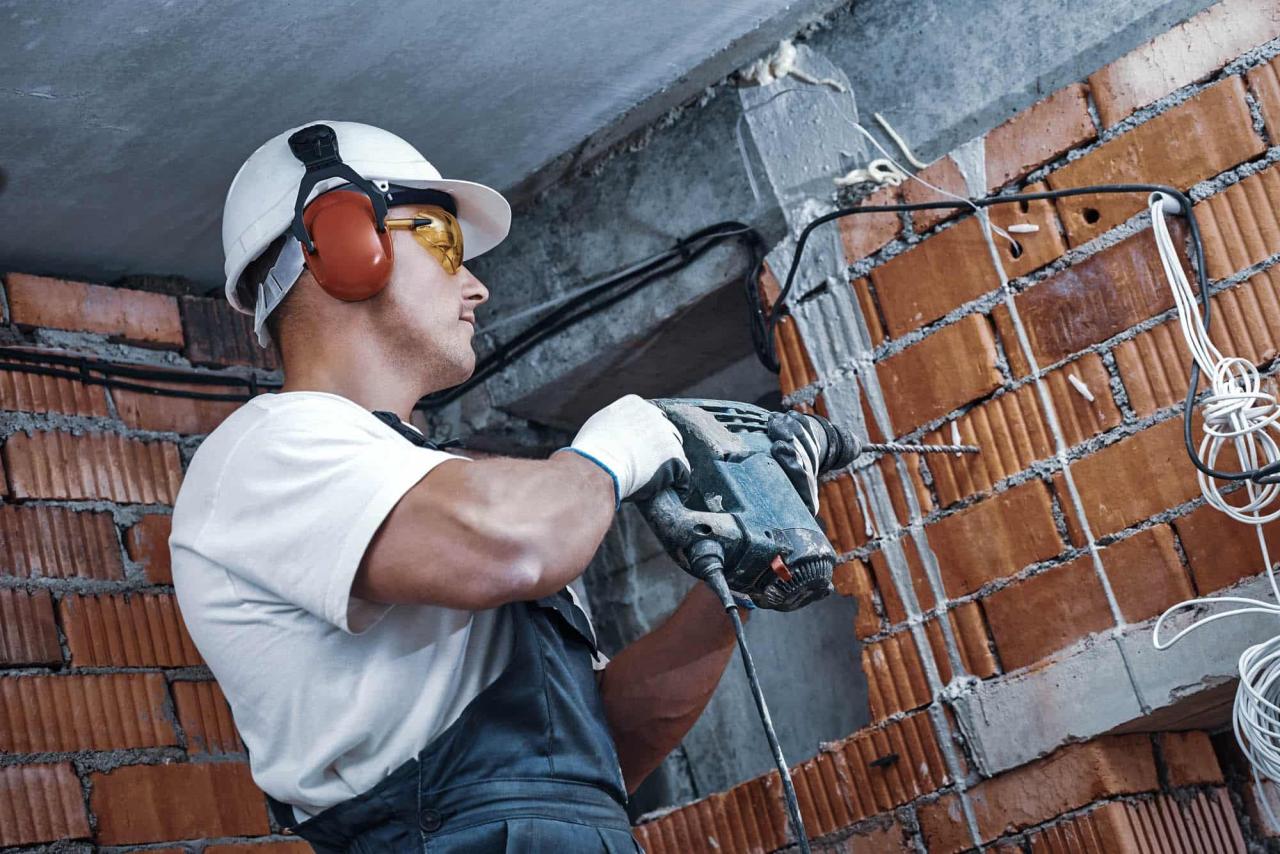Safety breaches on construction sites are not uncommon – just look at these statistics:
- More than 20% of all fatal workplace accidents during 2019 occurred in the construction industry, making it the top industry in terms of fatal injuries.
- During that same period, 59.5% of non-fatal accidents due to safety violations occurred on construction sites.
- In 2020, there were 4,764 fatal workplace accidents – more than 20% of which were attributed to the construction and mining industries.
We will discuss recent OSHA safety violations issued to construction companies and what you can do to avoid them.
What violations are most commonly cited by OSHA?
OSHA issued more than 22,000 citations in the construction industry last year – that's more than any other industry combined. And the fines resulting from those citations totaled more than $80 million.
Let's explore the four most common construction job safety violations cited by OSHA and what you can do to prevent them on your job sites.
These security breach examples include:
1. Slips, trips and falls
OSHA standard 1926.501 outlines an employer's duty to provide fall protection to prevent slips, trips and falls. These safety violations often occur when construction sites do not have adequate fall protection equipment, have people working on uneven surfaces, or do not provide training on how to use the equipment.
Of the 5,616 citations to this standard in 2021, 5,346 were issued to construction companies. Additionally, OSHA handed out 2,101 citations for unsafe use of ladders – the organization issued fewer than 60 such citations for all other industries combined. These two citations cost construction companies more than $34 million in one year.
You can prevent these security breaches by:
- Keeping your construction site organized and well lit
- Provide workers with fall protection systems
- Implementation of guardrails in areas with significant drops
- Training workers on how to safely ascend and descend stairs

2. Being hit by an object
The second most commonly cited safety violation by OSHA is “struck by” accidents. This could mean that workers will be hit by machinery or falling materials, equipment, etc. There are several regulations in place to help prevent these safety breaches, especially when it comes to personal protective equipment (PPE).
1,497 of the 1,514 citations for lack of eye and face protection and 844 of the 865 citations for lack of head protection made in 2021 were in the construction industry. These citations for improper PPE cost construction companies more than $7 million over the course of a year.
You can help prevent “hit by” security breaches by:
- Properly protect materials, tools and equipment
- Provide workers with high-visibility clothing
- Stack materials so they don't slide
- Train equipment operators to work only in areas with a clear line of sight
Check this checklist: Occupational Safety Inspection
3. Getting stuck between objects
After being “struck by” safety violations, you are “trapped between” accidents. These safety violations result in workers being injured by becoming trapped between equipment, vehicles, and materials. These accidents often occur when project managers and general contractors do not follow general safety provisions and OSHA safety training standards.
Safety violations in these two categories resulted in 397 and 865 citations for construction companies last year, leading to nearly $6 million in fines.
You can prevent “caught between” security breaches by:
- Teaching the importance of maintaining awareness of your surroundings
- Supply of protection systems for excavations and trenches
- Prevent workers from wearing loose clothing/items on the construction site
- Emphasizing the dangers of working among immovable objects and equipment
4. Shocks and electrocution
Finally, we have safety violations that lead to shocks and electrocution, resulting in injuries from minor burns to permanent nerve damage, death, and everything in between. Although these safety violations are significantly less common than the three listed above, they can lead to easily preventable accidents on construction sites.
OSHA issued 48 citations for improper use of lockout/tagout and 206 citations for wiring methods, components and equipment that posed shock and electrocution hazards, resulting in just over $600,000 in fines for construction companies.
You can prevent these security breaches by:
- Provide workers with adequate PPE
- Training workers on the dangers of energized equipment and machines
- Using Lockout/Tagout Whenever Performing Maintenance
- Ensure all wiring methods and components are up to code

Prevent security breaches on your construction sites
To prevent safety violations and ensure the safety of everyone on construction sites, it is important to understand the risks and how accidents happen. Training and education are as vital to your operations as providing workers with the proper tools and PPE to do the job safely.
For more strategies to avoid common construction safety violations, check out these construction safety tips. You can also download our free e-book: Guide to a Digitized QHSE Organization to learn how to reduce workplace injuries by improving your safety management and QHSE processes.
Construction companies that want to avoid safety breaches and ensure the safety of everyone on site need to standardize their QHSE (quality, health, safety and environmental) processes. That's where we come in.
- Report and maintain documentation of each incident on site
- Storing all your QHSE information in one place
- Tracking all the measures you take to improve on-site safety
- Apply preventive measures to continually improve your security procedures
Prevention is better than cure – get your personalized demo here.

